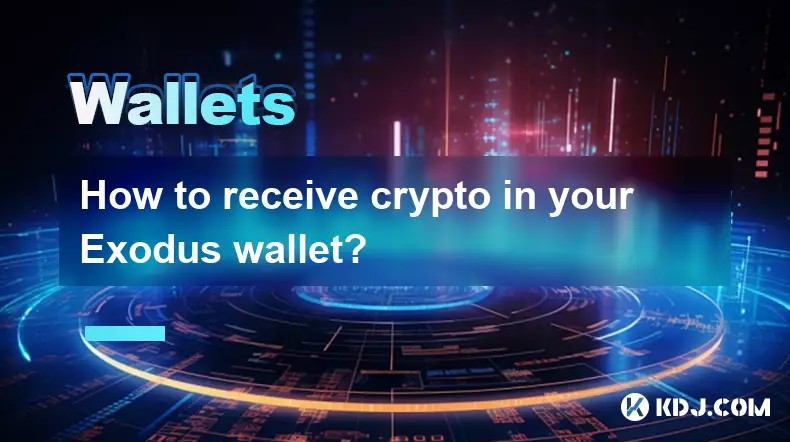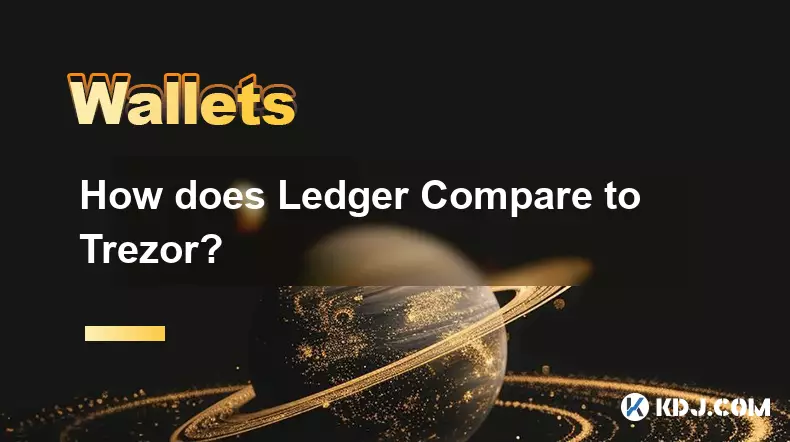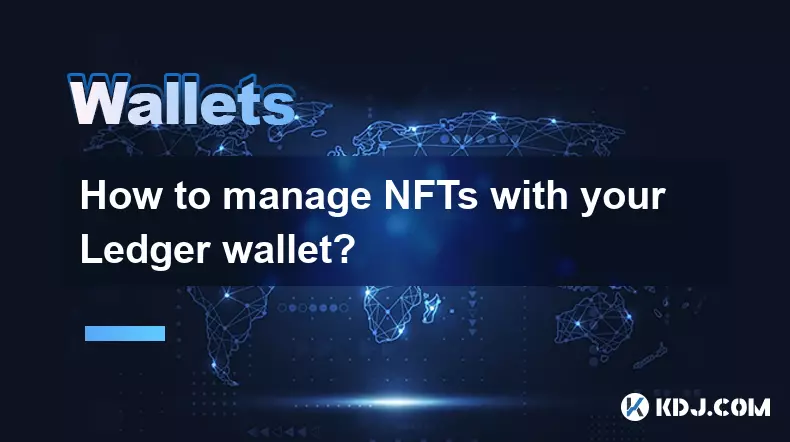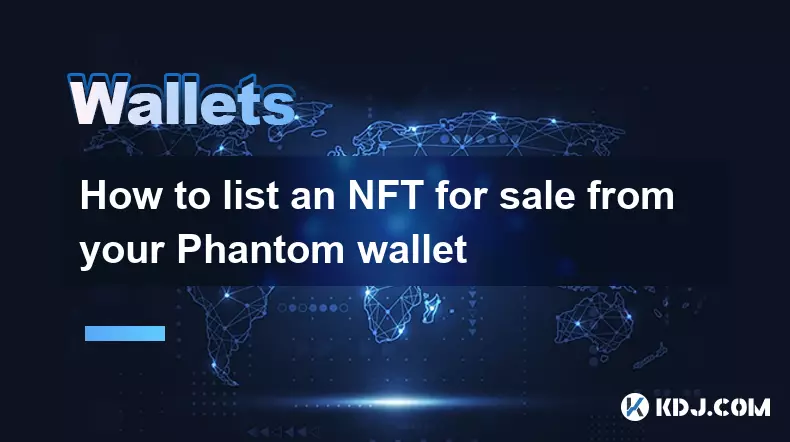-
 Bitcoin
Bitcoin $112200
-0.88% -
 Ethereum
Ethereum $4329
-0.97% -
 XRP
XRP $2.969
-1.76% -
 Tether USDt
Tether USDt $0.0000
0.00% -
 BNB
BNB $884.9
0.16% -
 Solana
Solana $221.0
0.69% -
 USDC
USDC $0.9997
0.00% -
 Dogecoin
Dogecoin $0.2418
0.32% -
 TRON
TRON $0.3368
0.56% -
 Cardano
Cardano $0.8813
-1.09% -
 Hyperliquid
Hyperliquid $55.27
1.41% -
 Chainlink
Chainlink $23.64
-0.35% -
 Ethena USDe
Ethena USDe $1.001
0.01% -
 Sui
Sui $3.539
-1.75% -
 Stellar
Stellar $0.3774
-2.26% -
 Bitcoin Cash
Bitcoin Cash $580.5
-0.77% -
 Avalanche
Avalanche $27.05
3.68% -
 Hedera
Hedera $0.2329
0.15% -
 UNUS SED LEO
UNUS SED LEO $9.552
0.03% -
 Litecoin
Litecoin $113.2
-0.92% -
 Cronos
Cronos $0.2558
2.32% -
 Toncoin
Toncoin $3.115
-0.63% -
 Shiba Inu
Shiba Inu $0.00001296
-0.84% -
 Polkadot
Polkadot $4.113
-0.89% -
 Uniswap
Uniswap $9.680
-0.80% -
 Ethena
Ethena $0.8148
-4.08% -
 Dai
Dai $0.9999
0.02% -
 World Liberty Financial
World Liberty Financial $0.2033
-7.09% -
 Monero
Monero $268.1
-1.33% -
 Aave
Aave $298.2
-3.57%
How to revoke permissions for dApps in Phantom
Always review and revoke unused dApp permissions in Phantom Wallet to protect your assets and privacy—manual management is key.
Sep 10, 2025 at 03:00 pm

Understanding dApp Permissions in Phantom Wallet
1. Phantom wallet allows users to interact seamlessly with decentralized applications on blockchains like Solana. When connecting to a dApp, users often grant access to their wallet address, transaction signing capabilities, and other sensitive permissions. These permissions are stored within the wallet’s session and may persist even after disconnecting from the site.
2. Over time, users may accumulate connections with dApps they no longer use. Some of these applications might pose risks if they are malicious or compromised. Revoke unnecessary permissions to reduce exposure to potential exploits and unauthorized access attempts.
3. Phantom does not automatically clear dApp permissions after a session ends. Users must manually manage and revoke access to maintain control over their digital assets and privacy.
4. The permission model in Phantom operates on a trust basis. Once a dApp is connected, it can request transaction signatures and read wallet information unless explicitly disconnected by the user.
5. Revoking permissions ensures that previously connected dApps cannot initiate interactions with your wallet unless reauthorized, enhancing overall security posture.
How to Revoke dApp Access in Phantom Wallet
1. Open the Phantom wallet extension in your browser and unlock it using your password or biometric authentication.
2. Click on the menu icon located in the top-right corner, typically represented by three dots or a gear symbol, to access wallet settings.
3. Navigate to the “Connected Sites” or “Connections” section. This area displays a list of all dApps that have been granted access to your wallet.
4. Review the list and identify the dApp you wish to disconnect. Each entry shows the domain name and the date of connection.
5. Click the “Disconnect” or trash icon next to the specific dApp. Confirm the action when prompted. This removes all permissions granted to that site.
6. Repeat the process for any other dApps you no longer trust or use. After disconnection, those sites will need to request access again the next time you visit them.
7. Ensure that you do not have active sessions open on the dApp while revoking access, as some interfaces may still display cached connection states until refreshed.
Security Implications of Unrevoked dApp Permissions
1. A dApp with ongoing permissions can prompt transaction requests even if you are not actively using it. Malicious actors exploiting a compromised dApp could attempt to drain funds through phishing transactions.
2. Persistent connections increase the attack surface. If a dApp’s frontend is hijacked or its domain is spoofed, attackers can leverage existing wallet connections to execute unauthorized actions.
3. Some dApps store wallet metadata or behavioral data linked to your public address. Disconnecting limits the amount of data these platforms can collect over time.
4. Users who frequently test new projects on testnets or mainnets should routinely audit their connected sites to avoid clutter and potential confusion between legitimate and suspicious entries.
5. Revoking access does not affect blockchain transactions already confirmed on the network. It only prevents future interaction requests from the disconnected site.
Tips for Managing dApp Connections Effectively
1. Regularly review the “Connected Sites” list, especially after participating in token launches, NFT mints, or DeFi interactions.
2. Use a secondary wallet for testing unfamiliar dApps. This limits exposure of your primary wallet’s permissions and asset holdings.
3. Enable two-factor authentication where supported by the dApp, although Phantom itself does not enforce this at the connection level.
4. Be cautious when reconnecting to a previously disconnected dApp. Verify the URL and ensure it matches the official website to avoid phishing domains.
5. Bookmark trusted dApps directly in your browser to reduce reliance on search engines that might lead to fake replicas.
Frequently Asked Questions
What happens when I disconnect a dApp from Phantom?Disconnecting a dApp removes its ability to read your wallet address, request transaction signatures, or interact with your wallet until you reconnect. The dApp will no longer see your balance or public key unless you authorize it again.
Can a disconnected dApp still access my funds?No. Once disconnected, the dApp cannot initiate any transactions or access private keys. It loses all interactive capabilities with your Phantom wallet. However, any tokens already transferred to the dApp’s smart contract remain subject to that contract’s logic.
Does revoking permissions affect my transaction history?Revoking permissions has no impact on your transaction history. All on-chain activities remain permanently recorded on the blockchain regardless of connection status.
Is there a way to automate permission revocation after a certain period?Currently, Phantom does not offer automatic expiration of dApp permissions. Users must manually disconnect sites. Browser extensions or wallet updates may introduce session time limits in the future, but as of now, manual management is required.
Disclaimer:info@kdj.com
The information provided is not trading advice. kdj.com does not assume any responsibility for any investments made based on the information provided in this article. Cryptocurrencies are highly volatile and it is highly recommended that you invest with caution after thorough research!
If you believe that the content used on this website infringes your copyright, please contact us immediately (info@kdj.com) and we will delete it promptly.
- Queen Elizabeth 50p Coin: Rare Sales and Hidden Treasures!
- 2025-09-10 16:25:16
- Pepe's Price Pattern: Surge Incoming or Whale Dump?
- 2025-09-10 16:45:16
- Metaplanet, Bitcoin, and Record Volume: A Tokyo MicroStrategy?
- 2025-09-10 17:05:12
- Metaplanet's Bitcoin Bet: Stock Shoots Up as Investment Strategy Takes Hold
- 2025-09-10 17:05:12
- SEC, Crypto, and Mysten Labs: Navigating the Regulatory Maze
- 2025-09-10 16:45:16
- Grayscale, the SEC, and ETF Approval: What's the Deal?
- 2025-09-10 16:50:12
Related knowledge

How to receive crypto in your Exodus wallet?
Sep 10,2025 at 01:00pm
Understanding the Basics of Receiving Crypto in Exodus1. Exodus is a user-friendly cryptocurrency wallet that supports a wide range of digital assets....

How does Ledger Compare to Trezor?
Sep 10,2025 at 03:18pm
Ledger vs Trezor: Security Architecture1. Ledger utilizes a Secure Element chip, a feature commonly found in banking cards and smartphones, to protect...

How to manage NFTs with your Ledger wallet?
Sep 10,2025 at 10:00am
Setting Up Your Ledger for NFT Management1. Begin by connecting your Ledger device to your computer using the provided USB cable and open the Ledger L...

How to disconnect your Phantom wallet from a site
Sep 10,2025 at 02:18pm
Understanding Phantom Wallet Connections1. Phantom wallet, a popular browser extension for Solana-based applications, allows users to interact securel...

How to list an NFT for sale from your Phantom wallet
Sep 10,2025 at 12:54am
Connecting Your Phantom Wallet to a Marketplace1. Open the Solana-based NFT marketplace of your choice, such as Magic Eden, Solanart, or Tensor. These...

How to revoke permissions for dApps in Phantom
Sep 10,2025 at 03:00pm
Understanding dApp Permissions in Phantom Wallet1. Phantom wallet allows users to interact seamlessly with decentralized applications on blockchains l...

How to receive crypto in your Exodus wallet?
Sep 10,2025 at 01:00pm
Understanding the Basics of Receiving Crypto in Exodus1. Exodus is a user-friendly cryptocurrency wallet that supports a wide range of digital assets....

How does Ledger Compare to Trezor?
Sep 10,2025 at 03:18pm
Ledger vs Trezor: Security Architecture1. Ledger utilizes a Secure Element chip, a feature commonly found in banking cards and smartphones, to protect...

How to manage NFTs with your Ledger wallet?
Sep 10,2025 at 10:00am
Setting Up Your Ledger for NFT Management1. Begin by connecting your Ledger device to your computer using the provided USB cable and open the Ledger L...

How to disconnect your Phantom wallet from a site
Sep 10,2025 at 02:18pm
Understanding Phantom Wallet Connections1. Phantom wallet, a popular browser extension for Solana-based applications, allows users to interact securel...

How to list an NFT for sale from your Phantom wallet
Sep 10,2025 at 12:54am
Connecting Your Phantom Wallet to a Marketplace1. Open the Solana-based NFT marketplace of your choice, such as Magic Eden, Solanart, or Tensor. These...

How to revoke permissions for dApps in Phantom
Sep 10,2025 at 03:00pm
Understanding dApp Permissions in Phantom Wallet1. Phantom wallet allows users to interact seamlessly with decentralized applications on blockchains l...
See all articles

























































































